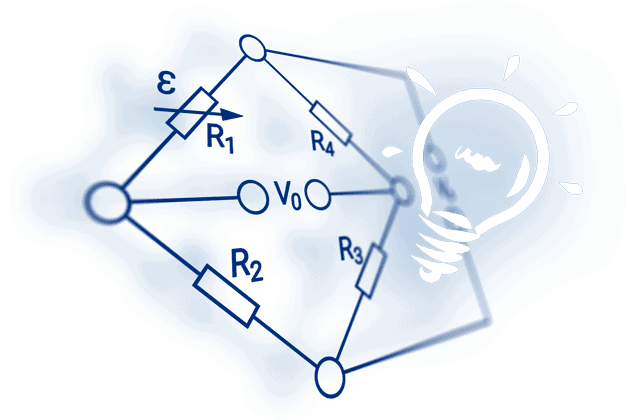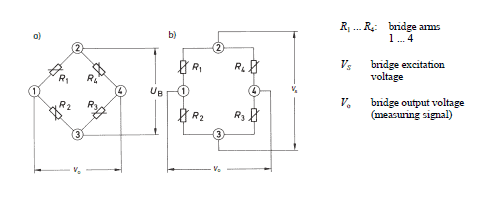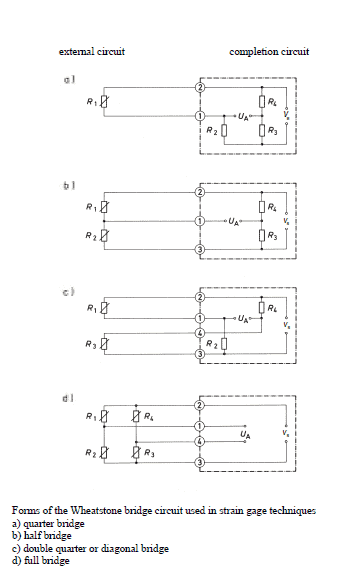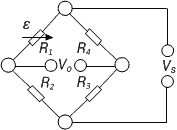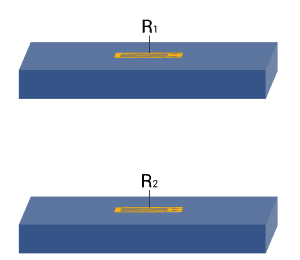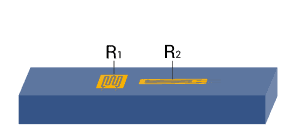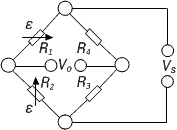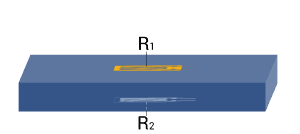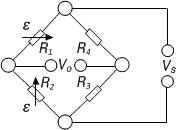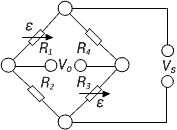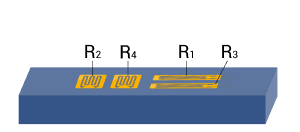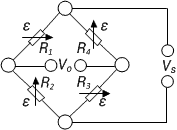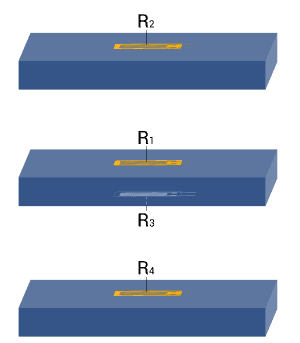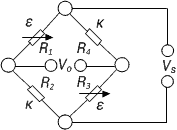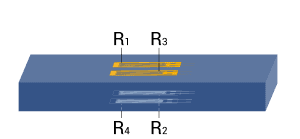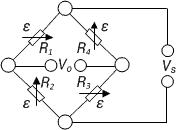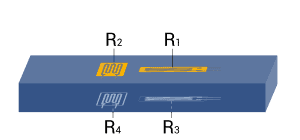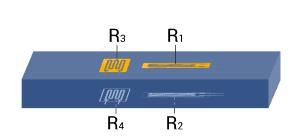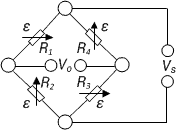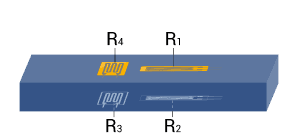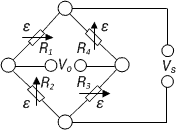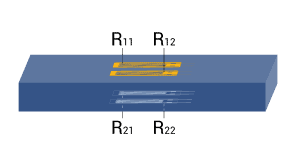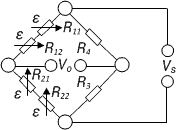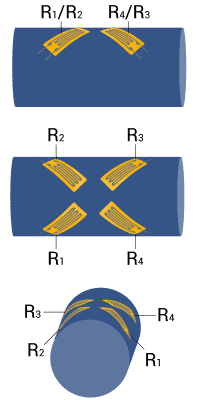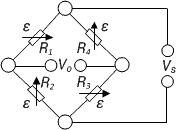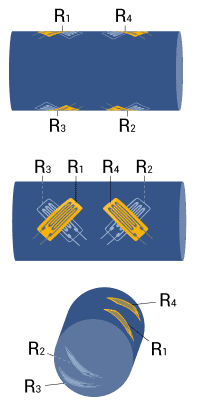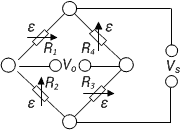
arrow_back_ios
Main Menu
arrow_back_ios
Main Menu
- Accessories
- Actuators
- Combustion Engines
- Durability
- eDrive
- Mobile Systems
- Production Testing Sensors
- Transmission Gearboxes
- Turbo Charger
- DAQ systems
- DAQシステム S&V
- 産業用電子機器
- パワーアナライザ
- S&V ハンドヘルドデバイス
- Wireless DAQ system
- DAQ systems
- High Precision and Calibration Systems
- HATS(頭・胴シミュレータ)
- 人工耳
- Electroacoustic hardware
- 骨伝導
- Electroacoustic software
- Pinnae
- エレクトロ音響アプリケーション用アクセサリ
- DAQ
- Drivers API
- nCode - Durability and Fatigue Analysis
- ReliaSoft - Reliability Analysis and Management
- Test Data Management
- Utility
- Vibration Control
- Inertial Sensor Software
- Acoustic
- Current / voltage
- Displacement
- Force
- Inertial Sensors
- ロードセル
- Multi Component
- Pressure
- Strain
- Temperature
- Tilt
- Torque
- Vibration
- Temperature
- 測定加振器
- Smart Sensors with IO-Link interface
- 音響
- 設備とプロセスの監視
- カスタムセンサ
- データの取得と分析
- 耐久性および疲労
- Electric Power Testing(電力テスト)
- NVH
- 信頼性
- スマートセンサ
- 振動
- バーチャル(仮想)試験
- 計量
- 工業用プロセス自動操作
arrow_back_ios
Main Menu
- LAN-XI
- Fusion-LN
- CCLD ( IEPE )信号コンディショナ
- 充電信号コンディショナ
- マイク信号コンディショナ
- NEXUS
- マイクロフォン校正システム
- 振動トランスデューサ校正システム
- 騒音レベル計校正システム
- 信号コンディショナ用アクセサリ
- 高精度校正システム用アクセサリ
- ReliaSoft BlockSim
- ReliaSoft Cloud
- ReliaSoft Lambda Predict
- ReliaSoft Product Suites
- ReliaSoft RCM++
- ReliaSoft XFMEA
- ReliaSoft XFRACAS
- ReliaSoft Weibull++
- Classical Shock
- Random
- Random-On-Random
- Shock Response Spectrum Synthesis
- Sine-On-Random
- Time Waveform Replication
- Vibration Control Software
- Microphone sets
- Cartridges
- Reference microphones
- 特殊マイク
- Acoustic material testing kits
- 音響キャリブレーター
- ハイドロフォン
- マイクロスコーププリアンプ
- 音源
- 音響トランスデューサ用アクセサリ
- Inertial Measurement Units (IMU)
- Vertical Reference Units (VRU)
- Attitude and Heading Reference Systems (AHRS)
- Inertial Navigation Systems (INS)
- Inertial Sensor Accessories
- ピエゾ式 CCLD (IEPE) 加速度計
- ピエゾ式加速度計
- 光ファイバ式加速度計
- 力センサ
- ピエゾ式参照加速度計
- Impulse hammers / impedance heads
- タコメータプローブ
- 振動キャリブレーター
- ケーブル
- 振動トランスデューサ用アクセサリ
- Accessories
arrow_back_ios
Main Menu
- G-Link-200
- G-Link-200-OEM
- SG-Link-200
- SG-Link-200-OEM
- V-Link-200
- RTD-Link-200
- TC-Link-200
- TC-Link-200-OEM
- 両耳タイプのオーディオ
- 屋外用マイク
- Probe Microphones
- 音響強度プローブ
- 表面マイク
- アレイマイク
- その他の特殊マイクロフォン
- Microphones for production line test
- マイクロフォンケーブル
- 三脚
- マイクロフォンブーム
- マイクアダプタ
- 静電アクチュエータ
- マイクロフォンウインドスクリーン
- ノーズコーン
- マイクホルダー
- 三脚
- 音響トランスデューサ用のその他のアクセサリ
- マイクロフォンの屋外用保護具
- Rod end bearings
- Tensile load introductions
- Thrust pieces and Load buttons
- ケーブル
- Screw sets
- Load base / Tensile compressive adapter
- Measurement cables
- Ground cables
- Thrust pieces
- Bearings
- Load feet
- Base plates
- Knuckle eyes
- Adapters
- Mounting aids and others
- 接着剤
- 保護コーティング
- クリーニング剤
- SG キット
- はんだ端子
- その他のひずみゲージアクセサリ
- ケーブル
- ゼロ点バランシング( ZeroPoint Balancing )
- TCS バランシング
- TC0 バランシング
- Magnets
- Mounting clips/bases
- Studs, screws and washers
- Adhesives/Tools
- Adapters
- Mechanical filters
- Other accessories
- 音響ホログラフィ(Acoustic holography)
- 音響特性管理
- 水中音響範囲
- 風洞音響試験 – 航空宇宙
- 自動車の風洞試験
- ビームフォーミング(Beamforming)
- 飛行機騒音音源探査
- アコースティックカメラによるリアルタイム音源探査
- 音響インテンシティマッピング
- 球面ビームフォーミング(Spherical beamforming)
- 製品騒音測定
- 実稼働振動形状(ODS)解析
- 古典的モード解析
- 地上振動試験(GVT)
- 実稼働モード解析
- 構造ヘルスモニタリング
- 試験-FEA統合
- 衝撃応答スペクトル(SRS、Shock response spectrum)
- 構造力学システム



